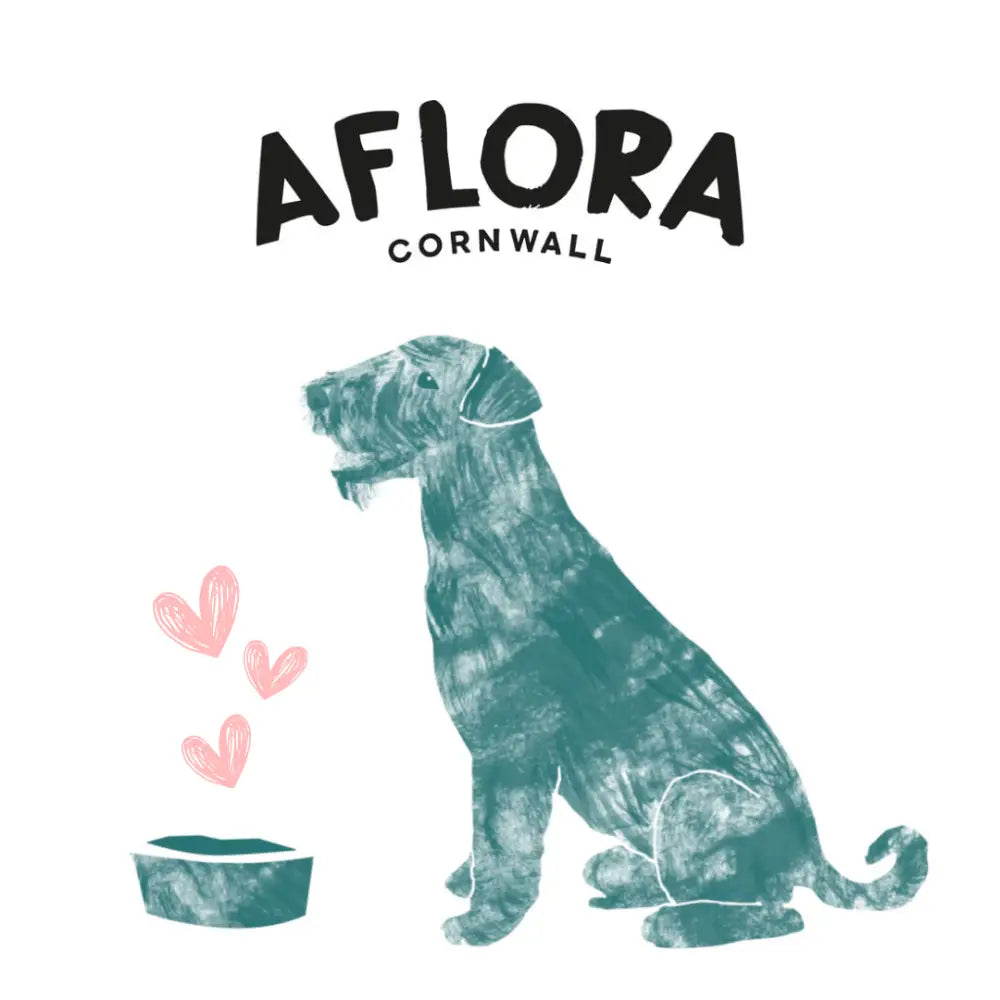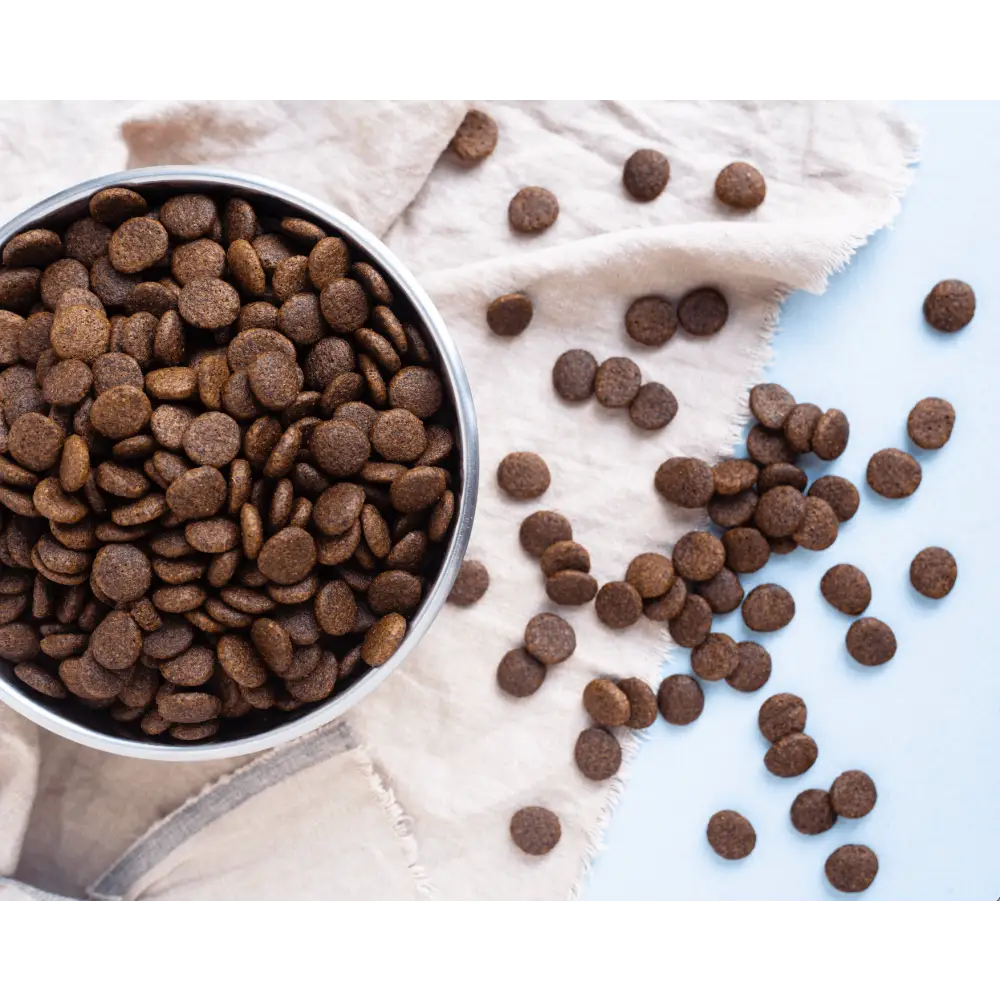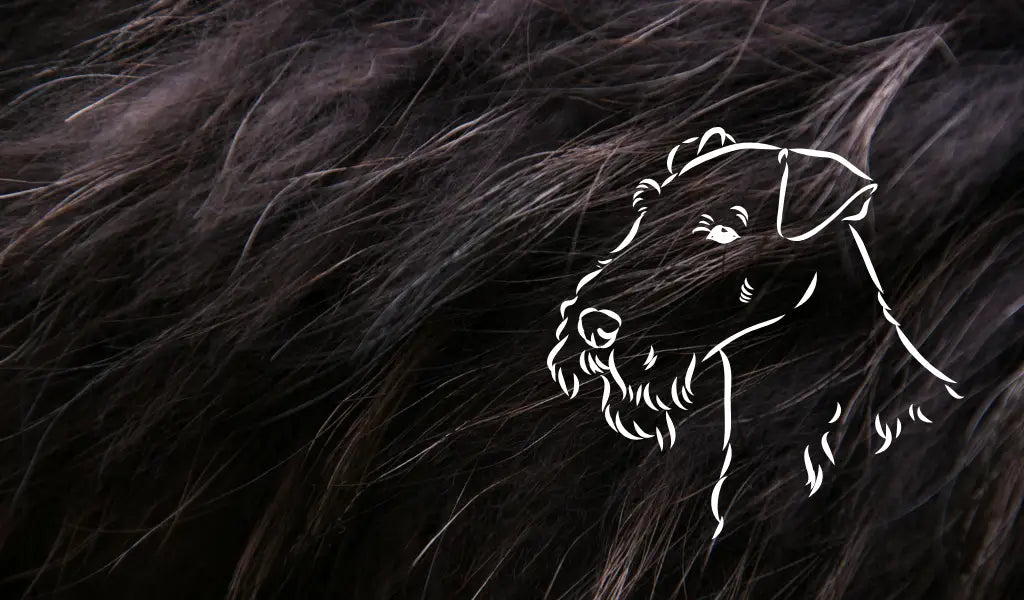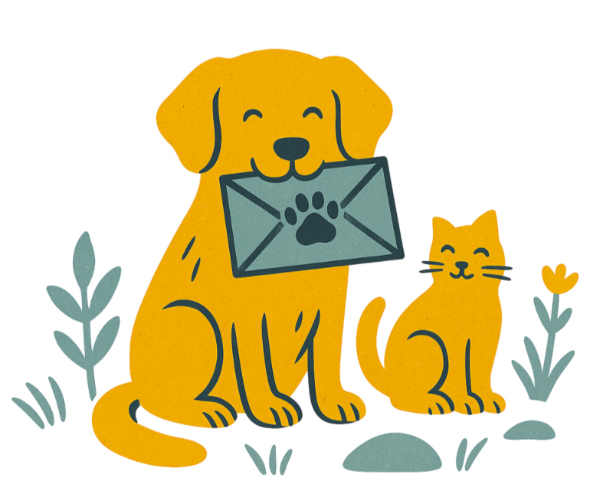If your dog is constantly scratching at their ears, shaking their head, or giving off a funky smell that reminds you of popcorn, cheese, or bread — they might be dealing with yeasty ears.
Yeast overgrowth in dogs is common, uncomfortable, and often misunderstood. But with the right approach — and a little patience — you can get things back on track naturally.
Let’s break it down.
What Are Yeasty Ears?
Yeast is a natural fungus that lives on your dog’s skin, ears, and paws. It usually stays in balance, but sometimes, it can overgrow, especially in warm, moist areas like the ears.
When that happens, your dog might show signs like:
-
Scratching or rubbing at their ears
-
Frequent head shaking
-
Brown, waxy, or sticky discharge
-
A sweet, musty or cheesy smell
-
Red, inflamed, or scabby ear flaps
-
Thickened skin or hair loss around the ears
What Causes Yeast Overgrowth?
Yeast overgrowth isn’t always just a hygiene issue — it's often a symptom of something deeper. Some common root causes include:
🌾 Food Sensitivities
Yeast thrives on sugar, and some dogs react poorly to high-carb or processed diets. Even natural ingredients like sweet potato, peas or grains can be triggers for certain dogs.
🧬 Imbalanced Gut Health
Antibiotics, stress, or poor-quality food can affect your dog’s gut microbiome — and when the gut is out of balance, so is the skin.
🧴 Allergies (Environmental or Dietary)
Dogs with allergies (to pollen, dust, grass, or food) often get chronic ear infections as a secondary symptom.
💦 Moisture & Warmth
Dogs with floppy ears, who swim regularly, or who live in damp climates (hello, Cornwall!) may simply have the perfect environment for yeast to thrive.
What Can You Do About It?
1. Start with Your Vet
Always rule out mites, bacteria, or a serious ear infection. Your vet might prescribe drops or recommend ear cleaning to clear things up short-term.
2. Look at the Whole Dog
Once any acute infection is treated, think about why it keeps happening. Recurring yeast often points to an internal issue, especially with food.
That’s where our free TEDDY Talks Food Exclusion Planner comes in.
Track What They Eat — and What They React To
If you suspect food is contributing to your dog’s yeast problems, the best thing you can do is eliminate and observe — but that can feel overwhelming without structure.
Our Food Exclusion Planner is designed to take the guesswork out of food trials, helping you log meals, monitor symptoms, and slowly narrow down potential triggers in a calm and clear way.
It includes:
✅ A simple, dog-friendly method to start a food trial
✅ Weekly symptom checklists (for ears, skin, digestion and mood)
✅ Ingredient tracking to help spot hidden culprits
And it’s completely free. Because your dog’s wellbeing shouldn’t be a guessing game.
👉 Download the TEDDY Talks Food Exclusion Planner
Natural Tips for Supporting Yeasty Ears
Alongside food trials and vet advice, here are a few natural approaches that may help:
-
Clean ears gently with a vet-approved or natural ear cleanser (avoid harsh alcohols)
-
Keep ears dry, especially after walks or baths
-
Add natural anti-fungal support like raw apple cider vinegar (diluted) or coconut oil under guidance
-
Support the gut with probiotics and prebiotics
-
Reduce carbs — yeast loves sugar, and many dry foods are carb-heavy
-
Consider a natural, low-sugar, grain-free diet to support skin and coat health long-term
You’re Not Alone — and You Don’t Need to Guess
Yeasty ears can be persistent, but they’re also a helpful signal. They’re your dog’s way of saying, “Something’s not quite right inside.”
With a bit of patience, some gentle changes, and a free tool to guide you, you’ll be on your way to clearer ears and a happier pup.
🐾
Download the planner. Track the signs. Support the whole dog.
Because they deserve to feel good — from the inside out.














